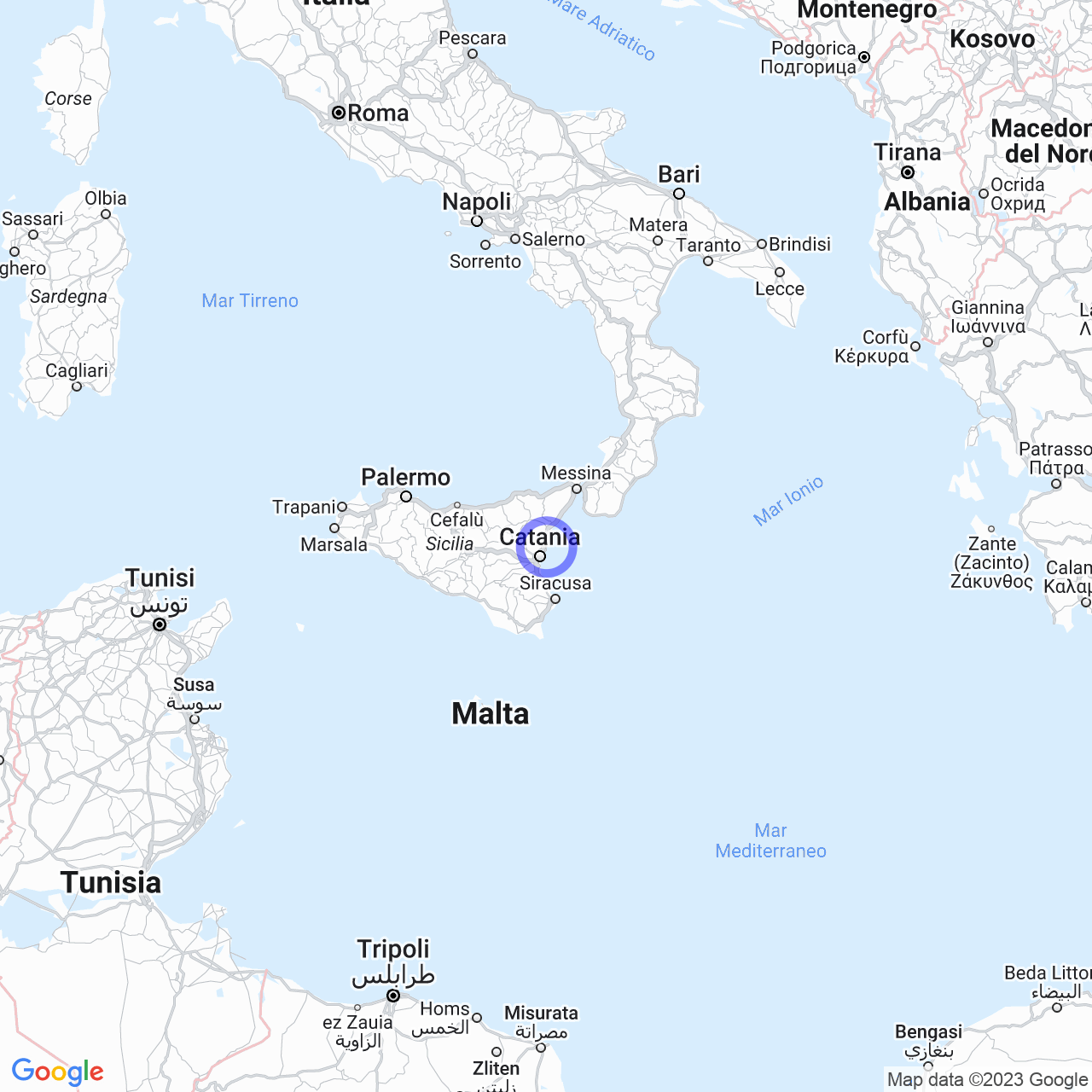Pennisi
Pennisi: the fraction of Acireale immersed in greenery
If you are looking for a quiet corner immersed in nature, Pennisi could be the perfect place for you. This fraction of Acireale, located about 6 kilometers from the center of the metropolitan city of Catania, is located within the area that was once occupied by the Bosco d'Aci, along the road to Pisano Etneo. In this brief guide, we will tell you everything you need to know about Pennisi, from its history to the most important churches, to local traditions.
Physical geography of Pennisi
Pennisi is located west of the municipal capital of Acireale, in a privileged position on the volcanic hills that surround the city. In the past, the area was covered by the Bosco d'Aci, a large area of Mediterranean vegetation that extended to the slopes of Mount Etna. Today, the landscape is characterized by a series of vineyards, which produce grapes used for the production of fine wines such as Etna Rosso.

History of Pennisi
Pennisi developed in the late 19th century as a residential area designed to accommodate agricultural workers employed in the surrounding vineyards. Throughout the 20th century, the fraction saw a steady increase in population, thanks to its panoramic location and the tranquility of the surrounding environment.
Monuments and places of interest in Pennisi
Church of Santa Maria del Carmelo and Sant'Emidio
The church of Santa Maria del Carmelo and Sant'Emidio is the main place of worship in Pennisi. Built at the end of the 19th century thanks to the personal contributions of the priest brothers Salvatore and Mario D'Agata, the church was opened for worship in 1900 and is dedicated to the Blessed Virgin Mary of Mount Carmel and Sant'Emidio. Inside, you can admire valuable frescoes depicting the life of Sant'Emidio, the apparition of the Virgin on Mount Carmel, and the Last Judgment. The church was elevated to a parish church in 1922.
Church of Santa Maria delle Grazie
Just downstream of Pennisi, in the Fiandaca area, is the church of Santa Maria delle Grazie, another important testament to the religious heritage of the area. Built by the Fiandaca family in the first half of the 19th century as a private chapel for the peasants of the surrounding vineyards, the church was damaged by earthquakes in 1864 and 1879, and then razed to the ground in the earthquake of August 8, 1894. Subsequently restored and transformed into an autonomous Vicariate in 1927, the church of Santa Maria delle Grazie represents one of the main points of reference for the Catholic faith in the Pennisi area.
Society in Pennisi
Traditions and folklore
Like many other fractions in Sicily, Pennisi is also known for its traditions and folklore. The Feast of the Blessed Virgin Mary of Mount Carmel, for example, takes place on July 16, while that of Sant'Emidio is celebrated on August 11. During these festivities, the streets of the village come alive with religious processions, costume parades, and fireworks displays that attract visitors from all parts of the island.
Economy in Pennisi
The economy of Pennisi is mainly based on agriculture and trade. Thanks to the particular position of the fraction, surrounded by volcanic hills and immersed in vineyards, the area is particularly suited to the production of fine wines such as Etna Rosso, which represent one of the flagship products of the local economy.
In conclusion, Pennisi is a quiet corner immersed in nature, where you can spend moments of relaxation and spirituality. If you are looking for a place to disconnect from the stress of daily life, Pennisi could be the right choice for you.
